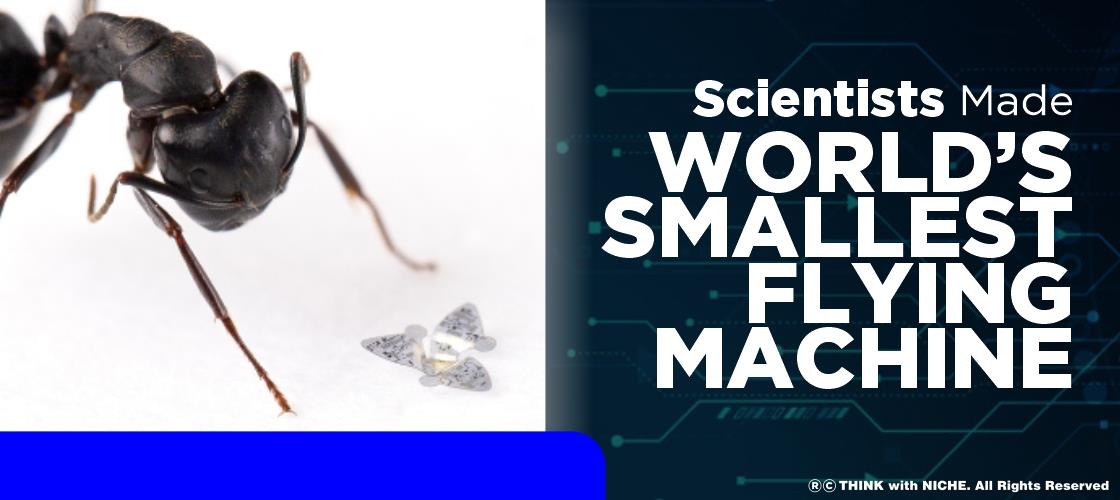American Scientists Made World’s Smallest Flying Machine

News Synopsis
Latest Updated on 9 January 2023
The microfibers which are the smallest flying structures yet created by humans are also potential of housing ultra-miniaturized electronics, including sensors, power sources, radios for wireless communication, and embedded memory for information storage.
The study which was sponsored by the National Science Foundation of the United States was published in Nature.
According to John Rogers of Northwestern University the engineer who supervised the development of the device over the course of billions of years nature has developed seeds with highly complex aerodynamics. We took those design ideas, updated them, and used them as platforms for electronic systems.
Most people have seen a maple leaf seed spin through the air like a propeller before softly touching down on the ground. This is but one example of how nature has developed cunning sophisticated strategies to improve the survival of different plants. otherwise sedentary plants and trees may spread across great distances to cover large areas by ensuring that seeds are extensively circulated.
Evolution was likely the driving force behind the improved aerodynamic qualities seen by several types of seeds. To interact with wind patterns for as long as feasible these organic constructions are made to fall slowly and carefully. Through completely passive, airborne mechanics this feature improves lateral distribution.
The Tristellateia plant a flowering vine with star-shaped seeds provided the team's primary source of direct inspiration as it reviewed the aerodynamics of different plant seeds to create the microfliers. Bladed wings of Tristellateia seeds catch the wind and make them fall with a slow circular spin.
Last Updated on 25 September 2021
Scientists in America have developed the smallest flying machine in the world. The machine is in the form of a chip which is even smaller than an ant. The flying chip is said to be the size of a grain of sand and even smaller than the size of an ant. The chip works with the same technique as a helicopter, catching flight through the wind with a propeller. The chip is laced with miniature technologies such as sensors, power sources, and antennas for wireless communication and even has memory data. The new-age technology is growing day by day. The invention of this miniature flying chip is another step towards inventing new technology. Many are comparing the miniature flying machine with the popular movie franchise Ant-Man.
You May Like









